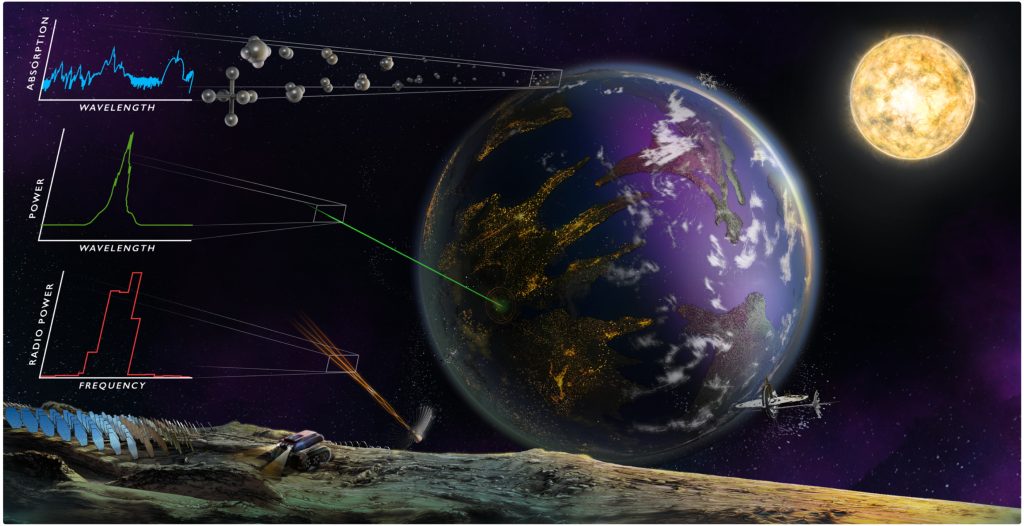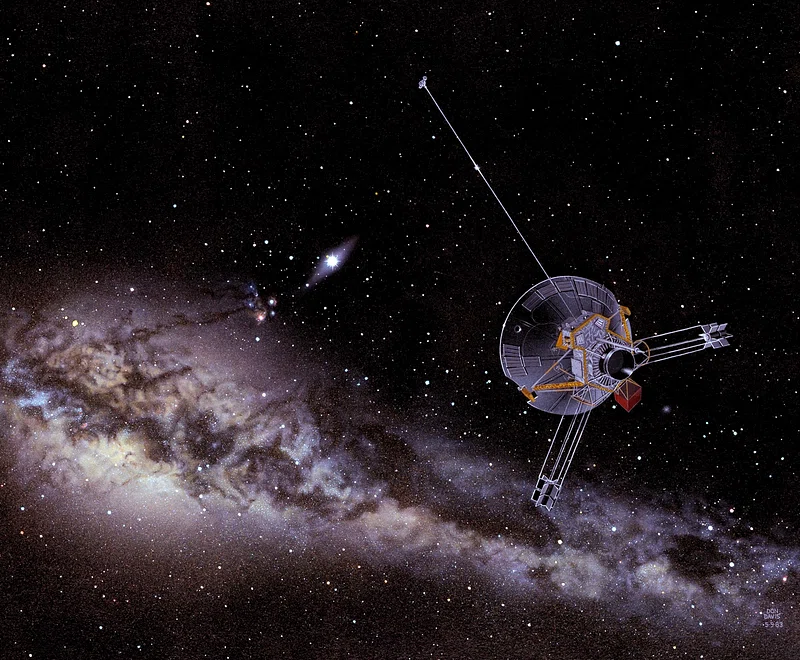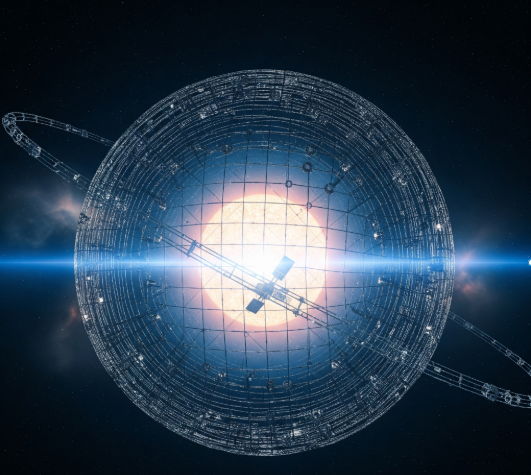
Is humanity really alone, or have we merely not been looking very hard? The recent revelation of potential proof for a Type II civilization a civilization that can tap the power of a whole star has reignited a debate running from the corridors of astrophysics to the center of philosophical concern. The stakes are as infinite as the universe itself, set to redefine our concept of technology, society, and our position within the universe.

This achievement, the culmination of decades of theory and unrelenting pursuit of technosignatures, is more than a curiosity for science. It’s a window to analyze the boundaries of engineering, the durability of civilizations, and the essence of intelligence. In this, the most compelling interpretations of the discovery and the science that underlies it are compiled, both to uncover the promise and the threat of cosmic progress.

1. The Kardashev Scale: The Cosmic Measure of Humanity
The Kardashev Scale, first proposed in 1964 by Soviet astrophysicist Nikolai Kardashev, is still the standard against which civilizations are ranked according to their energy usage. Type I civilizations control planetary energy, Type II control stellar output, and Type III control galaxy-wide power. As Paul Gilster adds, “Kardashev asked himself how powerful an extraterrestrial radio signal would have to be in order to be detected, ‘by conventional radio astronomical techniques.” This metric has since become at the center of SETI and the search for cosmic technosignatures. And even today, however, humanity hangs around about 0.73 on the scale, a humbling reminder of just how far we need to progress before even coming close to planetary mastery.

2. The Dyson Sphere and Star Engineering
At the center of Type II civilization speculation is the idea of the Dyson Sphere a hypothetical megastructure planned to harvest a star’s energy. Freeman Dyson himself imagined not a shell, but a huge swarm of solar collectors around a star. As recent work by Brian Lacki of the Breakthrough Listen Initiative explains, “Extraterrestrial intelligences are said to encircle stars with structures to harvest their energy or to signal far-off observers.” The engineering task is daunting: millions or billions of orbiting components, each in need of exact guidance and perpetual maintenance. Stability of such swarms is challenged by processes such as the Lidov-Kozai effect and the Yarkovsky Effect, and long-term existence of these megastructures is a testament to technological sophistication and societal organization.

3. Searching for Technosignatures: The Science of Anomalies
The recent discovery depended on sophisticated remote sensing and data analysis, looking for patterns of energy and structural anomalies unexplained by nature. Methods like hyperspectral anomaly detection and machine learning-based analysis can now sort through hundreds of millions of space images, pinpointing potential structures and energy fluctuations. As the Hubble Legacy Archive search showed, “We present a substantial catalogue of newly identified astrophysical anomalies, significantly expanding the known populations of rare cosmic phenomena.” These techniques are not merely about discovering the anomalous these are about finding the imprint of intelligence inscribed in the terminology of physics and engineering.

4. The Societal and Political Challenge of Mega-Engineering
The upkeep of a star-sized energy system is not a technical achievement it is a fundamental social problem. Brian Lacki asks a vital question: “What does political discourse look like when an entire civilization hangs on one huge, suffocating engineering project? ” The requirement for constant maintenance spanning millennia brings with it the threat of political break-up, sabotage, or even disintegration. The destiny of a megaswarm can depend as much on unity and control as on technology.
Whether or not any civilization is capable of passing through the so-called ‘Great Filter’ those mysterious obstacles that could spell the downfall of advanced civilizations is still uncertain.

5. Philosophical and Ethical Implications of Contact
The possibility of finding a Type II civilization confronts humanity with its role in the universe. If we are not the only intelligent species in the universe, what duties do we have? The possibility of advanced extraterrestrial life opposes our presuppositions about progress, ethics, and the direction of intelligence. The discussion goes beyond science, questioning how to make contact, what responsible communication looks like, and how to be prepared for the unexpected. In the words of one commentator, “The discovery raises important philosophical and ethical issues. The presence of an advanced extraterrestrial civilization makes us reevaluate our position in the universe.”

6. Humanity’s Path: Predictions and Limitations
Machine learning and econometric modeling indicate that, absent revolutionary leaps, humanity will not become Type I until deep into the 24th century. Based on a recent study, “Human civilization is expected to reach Type 0.7449 in 2060 with a modest average annual growth rate of about 0.042% between 2021 and 2060.” The advent of nuclear fusion may speed up the progress, but the resource constraints, ecological boundaries, and political considerations might hold back the ascent.
The amount of energy needed for even a portion of a Dyson structure is staggering disassembling a planet to construct solar collectors, say, would require energy outlays that it would take tens of thousands of years to pay back.

7. The Road Ahead: Collaboration and Vigilance
Global collaboration is more important than ever before. Verification of this finding took the form of “widespread collaboration between scientists and institutions all over the globe,” highlighting the importance of international frameworks for study and, possibly, contact. Public education and interaction are also essential, that the awe and seriousness of these discoveries stimulate coming generations. As human history reaches the edge of cosmic breakthrough, the drive for knowledge is equalled only by the duty to use it well.

The hunt for a Type II civilization is more than a search for cosmic neighbors it is an mirror reflecting humanity’s own hopes, fears, and possibilities. As new data come to light, the lines blur between science fiction and scientific reality, calling forth both wonder and humility. Whether or not this find is ultimately verified, the journey it inspires will both reshape our science, and our sense of what it means to be fully advanced.


